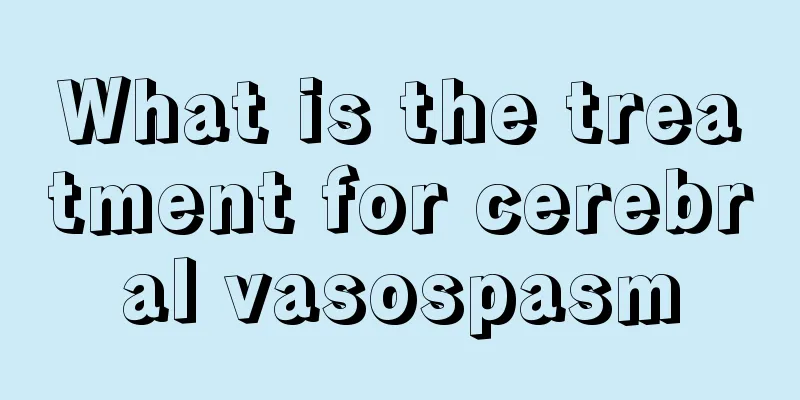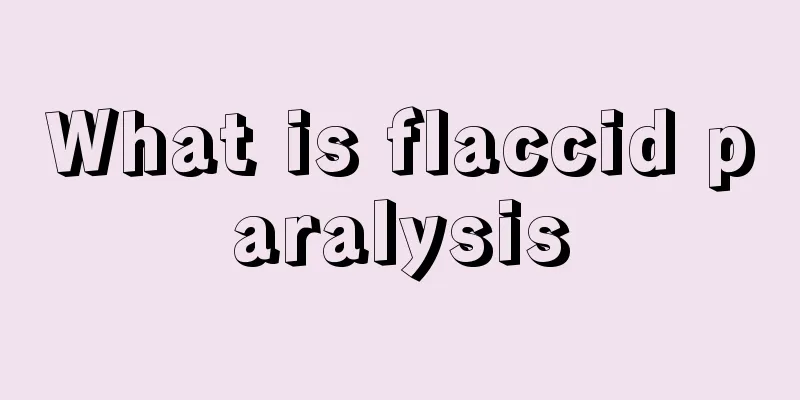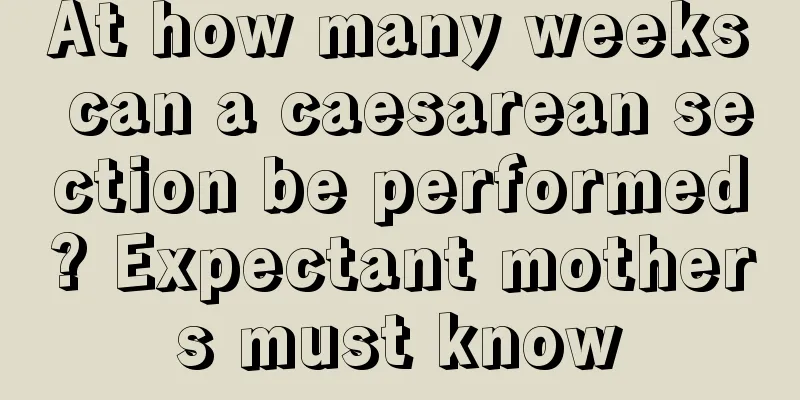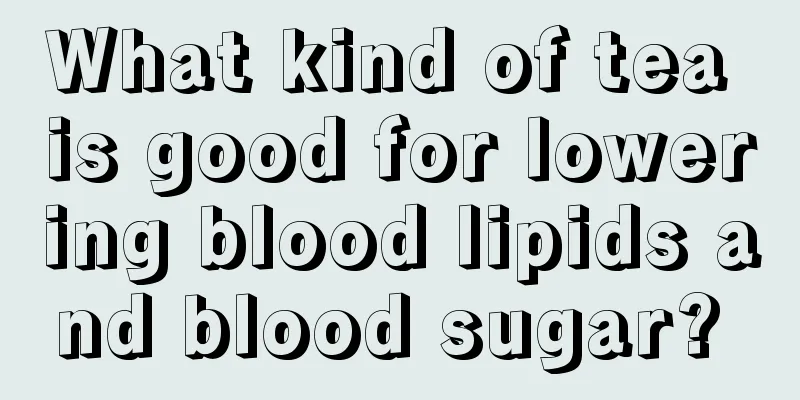Sinus tachycardia and chest tightness are effectively treated with medication
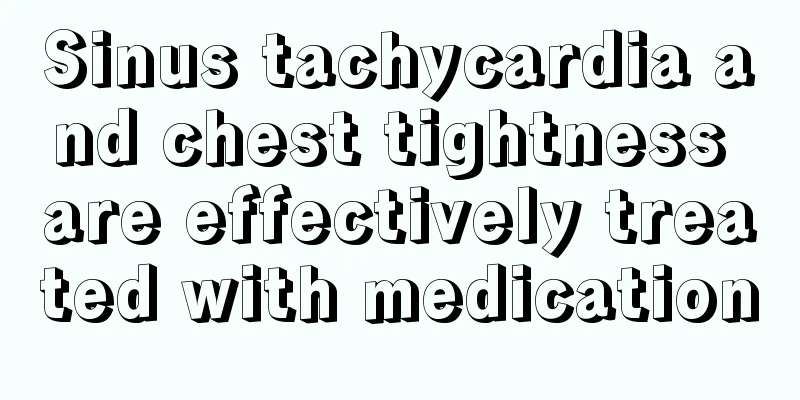
|
Sinus tachycardia means that the heart rate is too fast for a period of time. The patient will experience some adverse phenomena such as palpitations, shortness of breath, chest tightness, irritability, etc., and in severe cases, there will be chest pain symptoms. In the face of this symptom, active treatment must be carried out. Currently, drug treatment is the first choice, and dietary treatment can also be used. 1. Symptoms and signs of sinus tachycardia The clinical symptoms of sinus tachycardia are related to the degree to which the increased heart rate affects hemodynamic disorders and is also related to the underlying heart state. When the heart rate increases slightly, cardiac output increases, cardiac efficiency increases, and the patient may not have any symptoms. When the heart rate is too fast, the patient may experience symptoms such as palpitations, shortness of breath, chest tightness, irritability, and even chest pain. Symptoms also vary greatly from person to person. Normally, the heart rate increases from a resting state of about 70 beats/min to about 2.5 times (180 beats/min), and the heart's working efficiency is at its highest. When it exceeds 180 beats/min, the heart's working efficiency is significantly reduced and cannot meet the body's needs. This is because when the heart rate is >180 beats/min, myocardial oxygen consumption increases significantly, coronary blood flow decreases (more obvious in patients with coronary heart disease), the end-diastole shortens, ventricular filling decreases, and cardiac output decreases. Physical signs: Heart rate increases to 100-150 beats/min, and in a few people it can reach 160-180 beats/min. Physiological ones are mostly transient; if caused by organic heart disease, the tachycardia will last longer. The apex beat is strong, the heart sounds are enhanced, and the carotid artery pulsation is obvious. 2. Medication treatment of sinus tachycardia 1. Treatment of sinus tachycardia The primary disease should be treated primarily, supplemented with symptomatic treatment when necessary. For sinus tachycardia caused by congestive heart failure, digitalis preparations, diuretics and vasodilators can be used. Correction of sinus tachycardia is often used as one of the indicators for controlling left heart failure. 2. Treatment of sinus tachycardia not caused by heart failure For example, in cases of sinus tachycardia caused by hyperthyroidism, the use of digitalis cannot slow the heart rate. Note: Digitalis overdose can also cause sinus tachycardia. For patients with sinus tachycardia caused mainly by sympathetic nerve excitement and increased catecholamines, beta-blockers, sedatives, etc. can be used. 3. Treatment of patients with acute myocardial infarction In the absence of clear heart failure, when the sinus rate is continuously >110 beats/min, in order to slow down the heart rate, a small dose of beta-blockers (such as oral atenolol 6.25-12.5 mg) or calcium channel blockers (such as oral diltiazem 15-30 mg) can be temporarily tried, and can be taken once every 8-12 hours if needed. Sinus tachycardia secondary to left heart failure should be treated primarily for heart failure. |
<<: What are the characteristics of water-based nail polish
>>: What causes white spots on nails
Recommend
Can people with thyroid cancer run? Things to note for thyroid cancer
Thyroid cancer is a common malignant tumor. After...
How to store red wine
In our daily life, we often drink red wine. In ad...
Is the peanut oil you squeeze yourself healthy?
Peanut oil made from peanuts is actually okay, be...
What is the fastest and best way to quit drinking
The fastest and best way to quit drinking, I beli...
There are lights and shadows flashing in the eyes
Flashing lights and shadows in the eyes may be ca...
Don’t rush to take medicine if you have bloating in your stomach. Eat more of this thing for better results!
Stomach bloating is a very common disease in our ...
The advantages and disadvantages of facial cupping
Although cupping is a method often used in tradit...
Will body temperature rise when sperm implants?
Women who have never had any experience of pregna...
Is it better to drink beer or liquor
Alcohol has certain health value, which has been ...
How to use chestnut claws
When frying chestnuts, they will become very hot....
Will a normal esophagus develop esophageal cancer in four months?
Normal esophagus generally refers to the esophagu...
Commonly used traditional Chinese medicines for the treatment of advanced gliomas
Glioma is a brain tumor disease that is generally...
Can probiotics cure constipation?
Many people know about probiotics, which are acid...
Under what circumstances should surgery for hamartoma be performed
Speaking of hamartoma, I believe many people have...
Measure obesity index
As living standards continue to rise, the number ...
